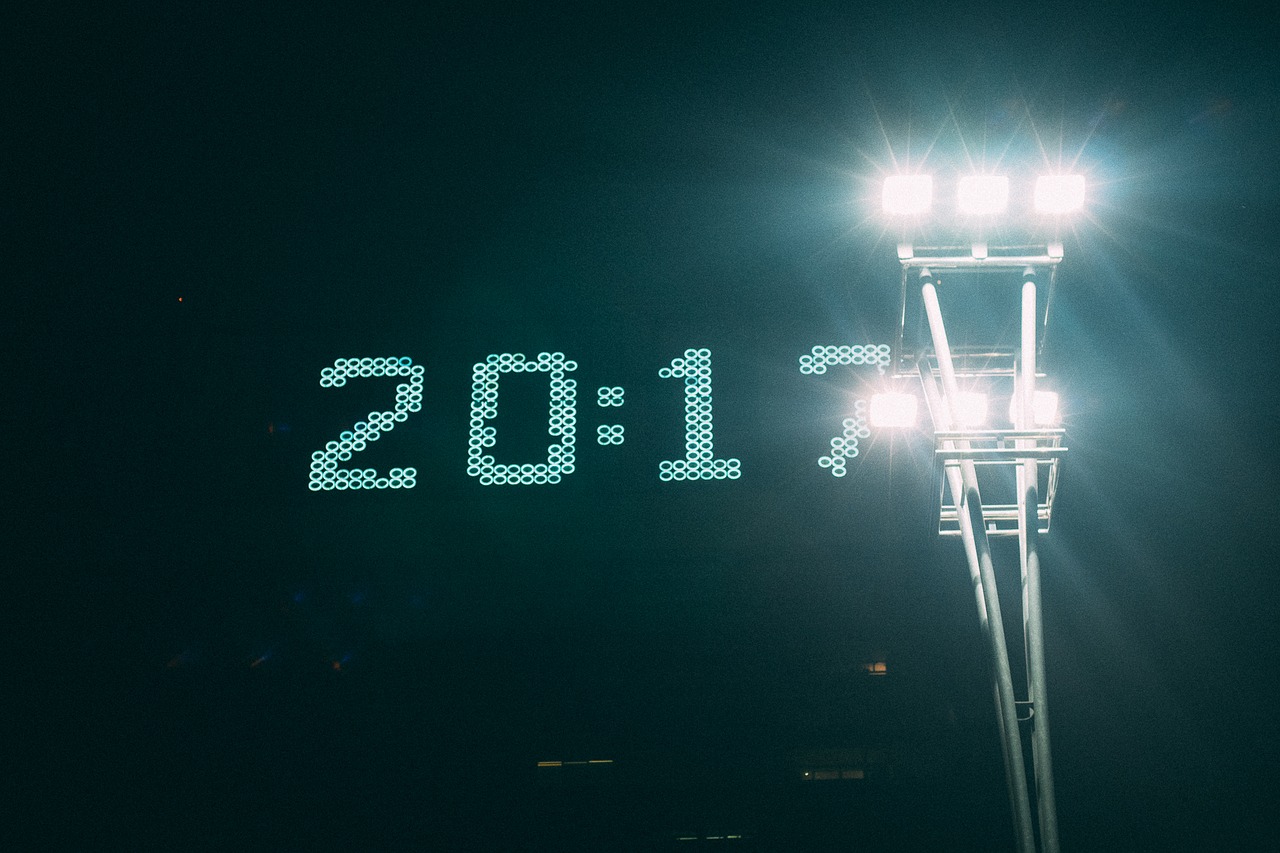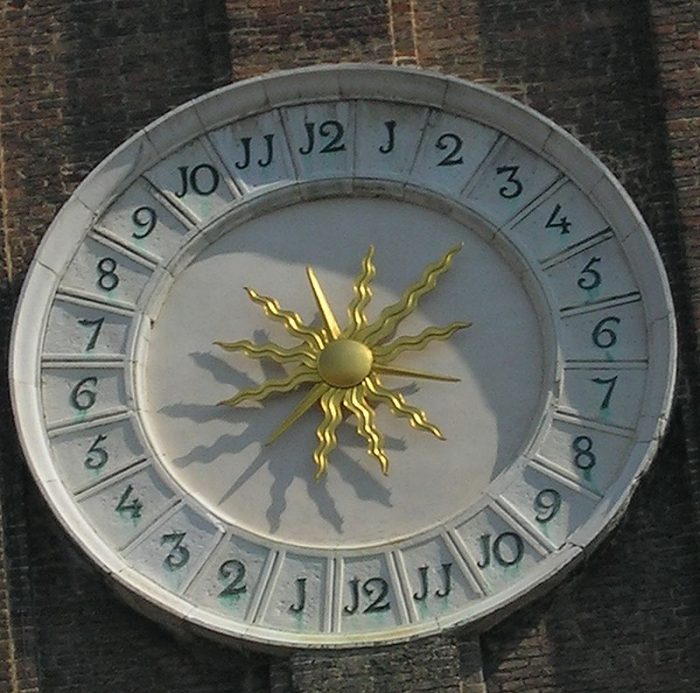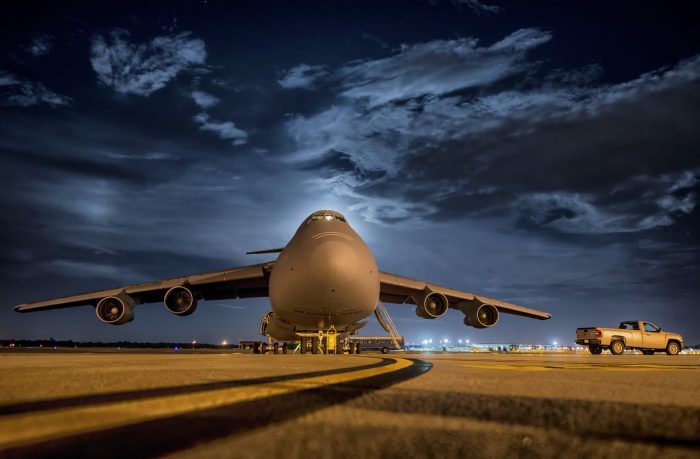
Military time is a system of timekeeping. While it is called military time in the United States, many organizations outside of the military use it. Military time is based around a 24-hour clock, instead of the 12-hour clock that is divided into a.m. and p.m. Rather, the 24-hour clock’s used in military time starts at midnight and then passes through 24 hours a day. The advantage of using military time/a 24-hour clock is that it lessens any ambiguity that might arise from using the 12-hour clock and having to specify a.m. or p.m. Reading and interpreting a military time chart is easy once you know how the system works.
The 24-hour clock system is actually the most commonly used timekeeping system in the world, and the ISO 8601 International Standard uses the 24-hour clock.
Facts About Military Time/The 24-hour Time System
Military time/the 24-hour clock differs from the 12-hour timekeeping system in that there is no a.m. or p.m. notation. To specify a time on the 12-hour clock one would denote it in the following format – hh:mm (AM/PM). However, since the 24-hour clock runs from 0 to 24, this is unnecessary and therefore the format can simply be HH:mm. Under this system, one day begins at midnight or 00:00. Meanwhile, the final minute of the day is 23:59. 24:00 is another way that midnight of the end of a given day can be represented. This also helps to avoid ambiguity, as in the 12 hour system, it isn’t clear whether or not midnight should be referred to as 12 PM or 12 AM. Using the 24-hour system, 24:00 can easily be used to refer to the end of one day and 00:00 the start of another day. That said, many style guides and military communications manuals advised the use of 23:59 or 00:01 instead of 24:00.
Very rarely, time notations beyond the 24th hour in a day are used, for example, when a particular business day of a company extends beyond midnight. However, these are exceptions to the rule and such notations are not commonly used. For instance, in Japan, some clubs or bars may advertise that they are open until the 30th hour, or 6 AM because the closing time is lumped in with that previous day’s business.
Most computer systems also use the 24-hour notation by default, and will only use the 12-hour notation if the user has chosen to do so or activate the 12-hour notation by default if the region setting matches one of a few specific regions.
English-speaking countries may refer to the 24-hour clock system as military time, reflecting in the usage of the system by the military in contrast to the 12-hour system used by the general public. However, most military timekeeping systems, such as the system used by the United States military forces, have unique characteristics that separate them from other 24-hour clock systems. For instance, when noting the time, preceding zeros must be written out or spoken. So 8:45 AM would be written down as 0845, said as “zero eight forty-five”.
Military timekeeping systems also use their own time zones, which are assigned a letter from the NATO phonetic alphabet to distinguish them from one another. For instance, the time zone R/Romeo refers to US Eastern Standard Time, UTC-5. Incidentally, Greenwich Mean Time is given the designation below Zulu for zone Z. You may know that the civilian time zones are based on Greenwich Mean Time or GMT. The GMT is the standard that the other time zones are separated from. The military also references the GMT with the Z/Zulu Suffix.
These special times and designations are necessary because just as civilians must account for the differences in time between the different areas, military operations, bases, and personnel must also account for these differences. If a military communication stated that something would happen at 1500Z, the event would occur when it is 3 PM in Greenwich, England. The receiver of this message would then have to figure out what the difference between the GMT and their current time zone is to figure out what time it would be in their time zone when the event occurs.
The existence of Daylight Savings Time can complicate these calculations. When the United States transitioned into Daylight Savings Time, the calculations change accordingly. So if there is a five-hour difference in GMT on the East Coast of the United States during February, there will be a six-hour distance between GMT and East Coast during the month of December.
The international date line is found in the middle of the Pacific Ocean, and while there are 24 hours in a day, there aren’t exactly 24 time zones on the globe. There are actually 27 time zones recognized by most oceangoing vessels, and some of these time zones aren’t exactly an hour apart but are instead only 30 to 45 minutes apart from one another.
Understanding Military Time
Though military time can seem confusing at first, it’s simply because you aren’t familiar with it. Once you become familiar with the way military time operates, it’s easy to understand. As mentioned, the clock begins at midnight which is 0000 hours. It continues up from zero to 1000 – which is 1 AM. Up until 1200 hrs., it is exactly the same as the a.m. hours on a 12-hour time system, and after 1200 hrs., or noon, to translate the difference between the 12-hour clock to military time you simply have to add 12 hours to the current time on a 12-hour clock. As an example, 2 PM is 1400 hrs. while 6 PM is 1800 hrs.
What follows is the list of military time hours and they are 12-hour time equivalents.
- Midnight (12:00 AM) is represented as 0000 hrs
- 1:00 AM is represented as 0100 hrs
- 2:00 AM is represented as 0200 hrs
- 3:00 AM is represented as 0300 hrs
- 4:00 AM is represented as 0400 hrs
- 5:00 AM is represented as 0500 hrs
- 6:00 AM is represented as 0600 hrs
- 7:00 AM is represented as 0700 hrs
- 8:00 AM is represented as 0800 hrs
- 9:00 AM is represented as 0900 hrs
- 10:00 AM is represented as 1000 hrs
- 11:00 AM is represented as 1100 hrs
- 12:00 PM is represented as 1200 hrs
- 1:00 PM is represented as 1300 hrs
- 2:00 PM is represented as 1400 hrs
- 3:00 PM is represented as 1500 hrs
- 4:00 PM is represented as 1600 hrs
- 5:00 PM is represented as 1700 hrs
- 6:00 PM is represented as 1800 hrs
- 7:00 PM is represented as 1900 hrs
- 8:00 PM is represented as 2000 hrs
- 9:00 PM is represented as 2100 hrs
- 10:00 PM is represented as 2200 hrs
- 11:00 PM is represented as 2300 hrs
Unless an alphabetical time zone marker is appended to the time, assume that the designation refers to local time, so 1400 hrs. refers to 2 PM local time.
Here are the time zones and their corresponding letters/offsets:
Time zone name/Letter/Offset
Alfa Time Zone, A, +1
Bravo Time Zone, B, +2
Charlie Time Zone, C, +3
Delta Time Zone, D +4
Echo Time Zone, E, +5
Foxtrot Time Zone, F, +6
Golf Time Zone, G, +7
Hotel Time Zone, H, +8
India Time Zone, I, +9
Kilo Time Zone, K, +10
Lima Time Zone, L, +11
Mike Time Zone, M, +12
November Time Zone, N, −1
Oscar Time Zone, O, −2
Papa Time Zone, P, −3
Quebec Time Zone, Q, −4
Romeo Time Zone, R, −5
Sierra Time Zone, S, −6
Tango Time Zone, T, −7
Uniform Time Zone, U, −8
Victor Time Zone, V, −9
Whiskey Time Zone, W, −10
X-ray Time Zone, X, −11
Yankee Time Zone, Y, −12
Zulu Time Zone Z 0
You may notice that there is no J time zone. J, or Juliette, may sometimes be used to refer to local time, as it is otherwise unused. However, this is not a standard practice and typically local time is usually just given as the hours sans any alphanumeric suffix.
24 Hour Time Systems Around The World

Photo: By Audriusa – Own work, CC BY-SA 3.0, https://commons.wikimedia.org/w/index.php?curid=7487724
The 24 hour time system is the most widely used time system in the world. Most of Europe uses the system including France, Denmark, Greece, Spain, Portugal, Belgium, Switzerland, Turkey, and Germany. Many countries in Latin America also use the 24 hour time system.
The first attempts to make the 24 hour time system standard were in the late 1800s, around the same time that the time zones and meridians were conceived of and established.
The British, Canadian, and United States militaries all use the 24-hour system, having adopted this system around the time of the first world war, with the exception of the US Army who adopted the system during World War II.
While the 24-hour clock system has grown steadily in adoption in the United Kingdom, it still hasn’t been made the official timekeeping system for the United Kingdom. Numerous attempts to make the system official have failed. In 1934 the BBC began using the 24-hour clock only to transition back to the 12-hour clock. The BBC currently uses a mixture of both the 24-hour clock and 12-hour clock. Australia also uses both timekeeping systems.










